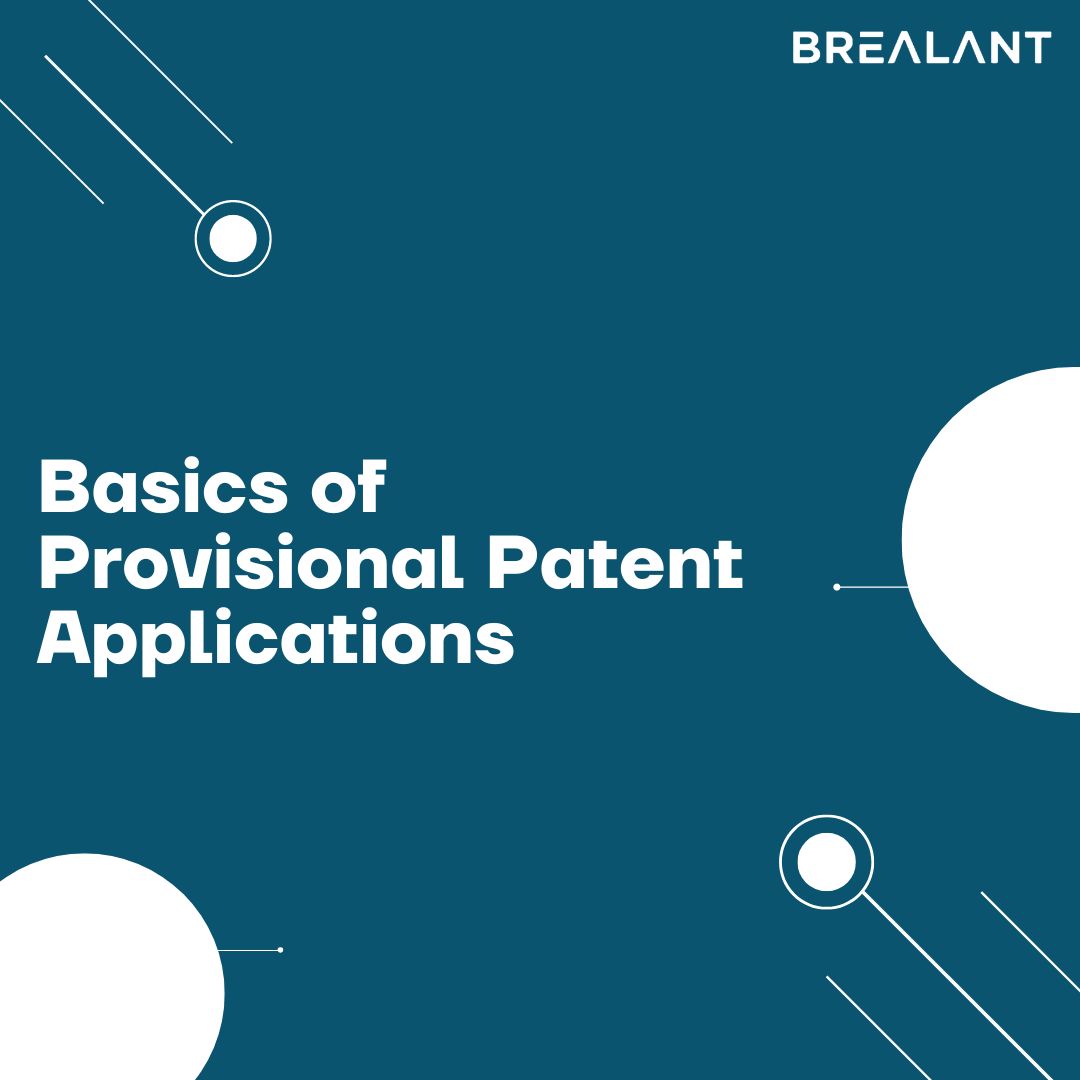

A provisional patent application is a document filed with the United States Patent and Trademark Office that evidence of an inventor's ownership of an invention. A provisional patent application aims to expedite the process of obtaining a full, formal patent. A provisional patent application can be filed for any invention, not just those in clinical or commercial trials, or have already been licensed to a third party. Once the full patent has been issued, any subsequent patents obtained based on the same invention will also be issued as full patents.
The advantages of filing a provisional patent application include the following:
Provisional patent applications are a great way to secure a patent for your invention before you have finished the full patent process. But there are some basic things you need to know about provisional patent applications before you file them. This article will provide you with the basics.
You need to know several things before filing a provisional patent application. In this article, we will cover the following:
The invention is not patented by applying for a provisional patent, which is not legally binding. The non-provisional patent can, however, only be obtained by filing the necessary paperwork and making the required payments within one year of the filing date. Your idea is safeguarded during this time and is known as patent pending. The application involves:
Provisional applications serve two main purposes: protecting intellectual property and building market share. By showing that you're actively exploring patent protection, you can ease some legal pressure when filing for a full patent. And by getting early feedback, you can tweak your invention for maximum success.
If you've an inventive idea and are ready to take the next step, provisional protection may be right. You can put together an effective provisional application by following a few simple steps. Keep these basics in mind to get started:
Except for the Claims section, the provisional patent application must contain all the same information as a non-provisional application. This outlines the protection provided by the patent. The non-provisional application should be completed in roughly 80% of the time it takes to complete the provisional application if you're paying a patent attorney to handle the entire procedure.
Once you file a provisional patent application, you have a full year from that date to file a non-provisional patent application. It is an effective stand-in while you complete your official application and gather the money to pay for the patent.
You might think about a cost-effective patent service, as employing a patent attorney is the more expensive choice. But remember that these services frequently seem too wonderful to be true. Sometimes low-cost patent services prey on innovators and make lofty claims they can't keep.
Self-drafting the provisional patent application may be your only choice if you need to protect your invention but are on a tight budget.
There are some common mistakes you should avoid while filing for a provisional patent, which is as follows:
A provisional patent application is a document that helps protect your inventions before you file for a full patent. It's a way to "test the waters" to see if potential customers are interested in your product or process. A provisional application is typically filed with the US Patent and Trademark Office (USPTO) within six months of the invention. A provisional patent application is a document submitted to the United States Patent and Trademark Office (USPTO) to receive the benefits of a patent without having to file an actual application. A provisional patent application is filed with all the required information, but it is not yet granted. Once the statutory requirements are met, the provisional application will be converted into an original (full) patent application.
Disclaimer-Brealant provides access to independent attorneys and self-service tools, is not a law firm, and does not provide legal advice.